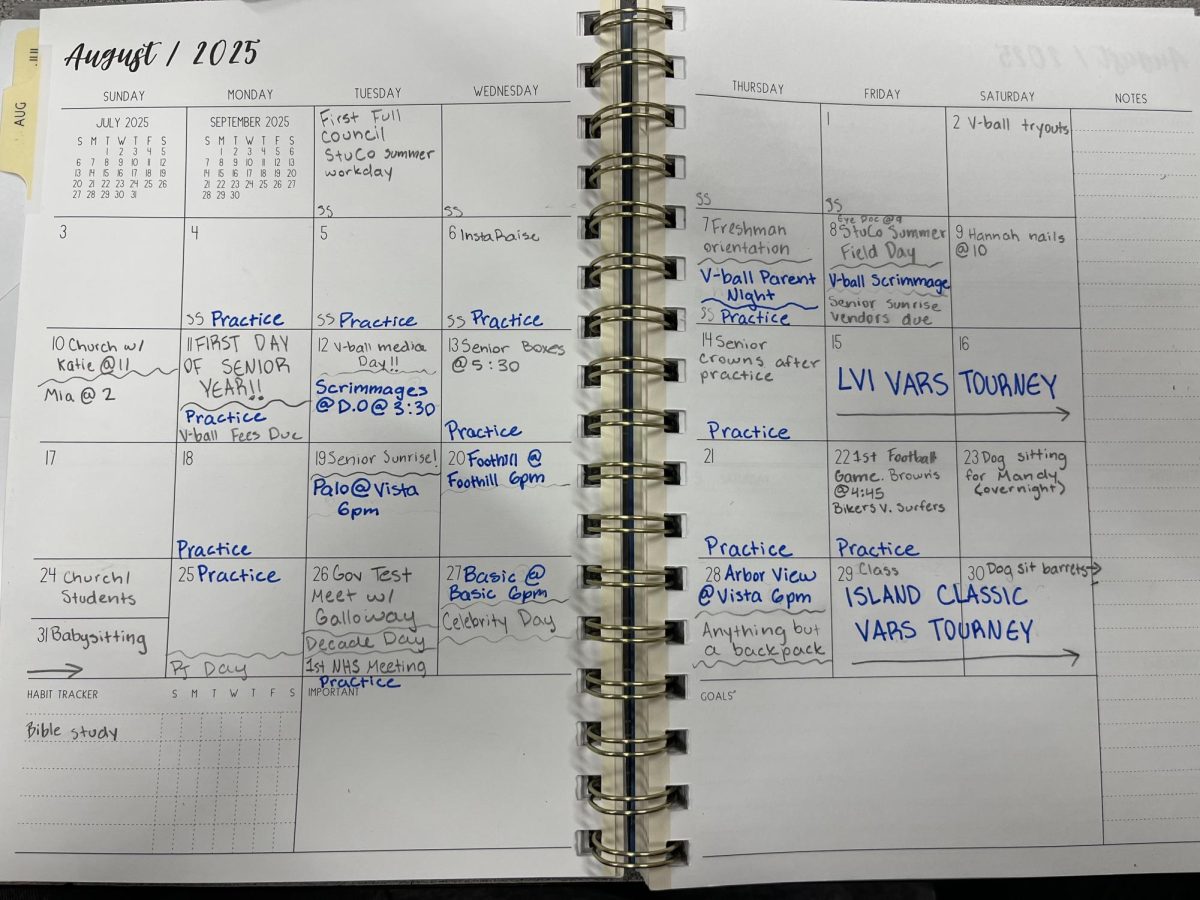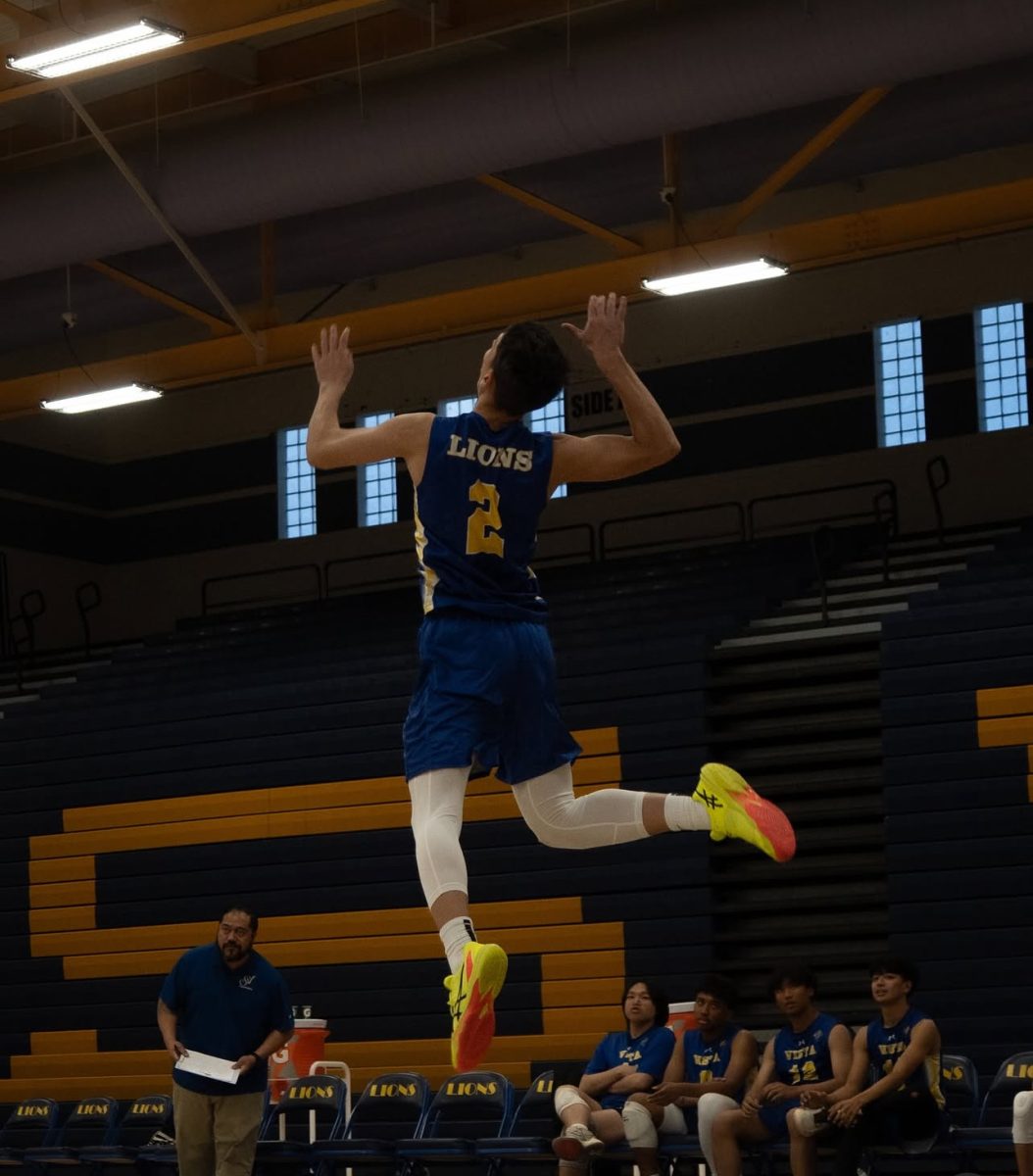Summative Takeover
November 10, 2022
Before the increased percentage of summative assignments, grading percentages appeared to have a balanced impact on students’ grades. However, after last year’s changes to the grading policy, many students feel increased pressure to learn material as the ratio of weighted grade percentages increased to 85% summative and 15% formative assignments.
As a way to promote common policies and procedures, Sierra Vista formed a Grading Reform Committee to help clarify new changes. When asked about the new grading policy, committee members shared their thoughts; whereas, others refused to share their views on record. Jim Bynum, Sierra Vista High School chemistry teacher, and committee member states, “…many students seem to think formatives don’t matter so they don’t do them. The problem is that my formatives prepare them for the summative.”
Committee member and English teacher, Camie Noll shares how the changes affected her student’s work ethic, “ Unfortunately, I believe it has impacted the work ethic in the classroom in a negative way. By eliminating penalties for late work, many students will wait until the assignment lock date to complete it, or get so far behind that they give up.” Bynum further shares how the changes impact student grades, “It’s brought class averages down a few points.” Overall, Bynum agrees with the structure of the grading policy mentioning, “I agree with the grade reform concept, but in practice, it takes student buy-in.” Ms. Noll further expounds on the impact of the changes, “While I understand the reasoning behind the policy, I don’t think it is having the overall intended effect that the school district had hoped for. By removing penalties for late work, if an assignment is due at the end of class, it doesn’t matter if the student actually does what they are supposed to in class because they can revisit the assignment at a later date and still complete it for full credit. This leads to more disruptive behavior in the classroom and an increase in students falling behind and not being prepared for their summative assessments. For college-bound students, this lack of hard deadlines will cause quite a shock when they have professors who won’t accept late work or give opportunities for reassessment”.
To gain further insight into the mathematical impact on student scores, Amanda Phillips, Sierra Vista math teacher, and committee member adds, “The policy has made it easier to pass but harder to earn an A or B. Students are graded on what they know versus just effort which is an adjustment for most.” Adding onto this concept, Philips mentions, “ …the mindset is what really needs to change for this to be successful overall” which echoes both Bynum and Noll’s views on the new policy and the importance of student buy-in.
Assistant Principal Sara Smith, also a committee member shares her thoughts on grading reform stating, “I think that the reason for the policy is great, but it is a huge shift for parents, teachers, students, and staff so it will take some time to get it running the way it is intended.” Smith adds, “…they have seen positive results with students working to master the course content instead of just “getting” a grade.”
English teacher Kenneth Brown also shares his thoughts on the impact of summative percent stating, “I believe that the policy has provided students with a false sense of their true academic performance as the weight of the practice of acquired skills has also been lessened. Grades do not always reflect everything a student is capable of.” Brown adds, “We can have accountability and teach personal responsibility while also showing flexibility and empathy; they are not mutually exclusive concepts.” Brown believes students need to advocate for themselves so that they can meet teachers halfway.
The intent of the new grading policy implies that students cannot simply “get” a grade, they need to know the curriculum. Sierra Vista students share their thoughts on the summative takeover. Izabella Beron, 09, says, “I feel like I do the formative work for no reason, why should I do the work if it does not affect my grade?” Looking back, this statement relates to Phillips and Bynum’s views on student buy-in. Lana Stevens, 10, mentions, “The grading policy is an adjustment, I understand the purpose of the reform, but I can not say I agree with it.”
Overall, the grading reform remains controversial and extreme by both students and staff. The uncertainty lies in whether or not the well-intentioned change causes the positive effects it is intended to imply on students, especially as the plans to increase to a 90% 10% split looms in the future.































